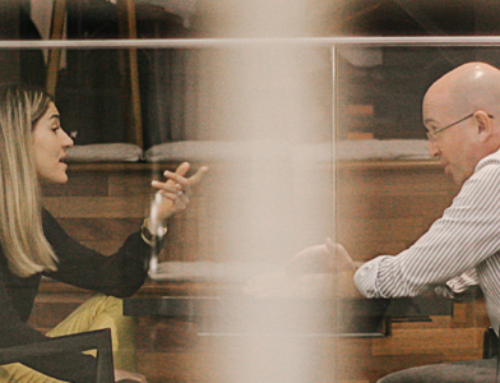Turn Your Ideas To Reality:
Do you find that you’re always full of ideas, but you find yourself getting stuck and feeling unable to move forward with any of them?
It isn’t that you lack innovation, or even that you lack the motivation to make a decision. The problem is that you lack the tools you need for effective execution.
Technology has become so advanced that you often have a multitude of ways to carry out your ideas. In those situations, it’s easy to find yourself stuck, which is a phenomenon known as analysis paralysis.
People who suffer from analysis paralysis are generally guilty of over-thinking their problems. They constantly analyse their situations to the point where they just are not capable of making a decision to solve the issues they’re presented with.
In actuality, they find themselves in a never-ending quest for the perfect answers to their problems.
Fortunately, there is a solution that acts as a type of focus booster for even the most immovable person. This solution involves three easy steps that work to get ideas moving along toward an actual solution to the problem.
Step 1: Organisation
The very first step is to have a plan of attack, which begins with organisation.
When your mind is full of ideas, it can be difficult to differentiate one from another. As more and more ideas take hold, this is when the inability to make decisions and formulate plans begins to set in, causing you to feel stuck, and unable to make a decision.
- It’s important for you to get the information down on paper because this allows your brain to have the ability to digest the information properly.
- Ideas can be set to the side, or put into a folder for later reference. The key is to get them down on paper, especially when your brain is like a shotgun, shooting off ideas on a constant basis.
Once the ideas are written down, your brain is much more capable of processing the ideas because they are presented in a tangible way.
Step 2: Prioritisation
The second step is prioritisation. The easiest way to begin with is a process of elimination.
Sometimes it works best to get rid of the ideas that are not quite as useful at that particular moment. This allows your brain to identify and focus on the ideas that are useful much more quickly.
Any unnecessary ideas should not be discarded, and can be set aside, or placed on another list for access in the future.
Step 3: Focus
This step is actually focusing on the remaining list of ideas to find the solution to the problem.
The best way to do this is to follow the example set forth by Albert Einstein, who believed in accomplishing more by doing less.
Having gone through step one and two, the remaining ideas might still be a bit overwhelming. It’s helpful to break the task down even further into smaller pieces.
You should aim to reach these small goals, whereby each achievement is a victory. Over time, these victories add up, resulting in an eventual obvious solution to the problem.
The result is the elimination of analysis paralysis for that particular task.
In brief:
Less can be more when the focus is on step by step success.
 Following Einstein’s theory, multitasking is actually not very beneficial at all. He believed that in order to effect change, make decisions, and get the most work accomplished, it is essential to be 100% focused on one task at a time. This incredible amount of intensity, when applied correctly, is a great focus booster, resulting in the achievement of many small tasks. Those small tasks, of course, result in overall success.
Following Einstein’s theory, multitasking is actually not very beneficial at all. He believed that in order to effect change, make decisions, and get the most work accomplished, it is essential to be 100% focused on one task at a time. This incredible amount of intensity, when applied correctly, is a great focus booster, resulting in the achievement of many small tasks. Those small tasks, of course, result in overall success.





